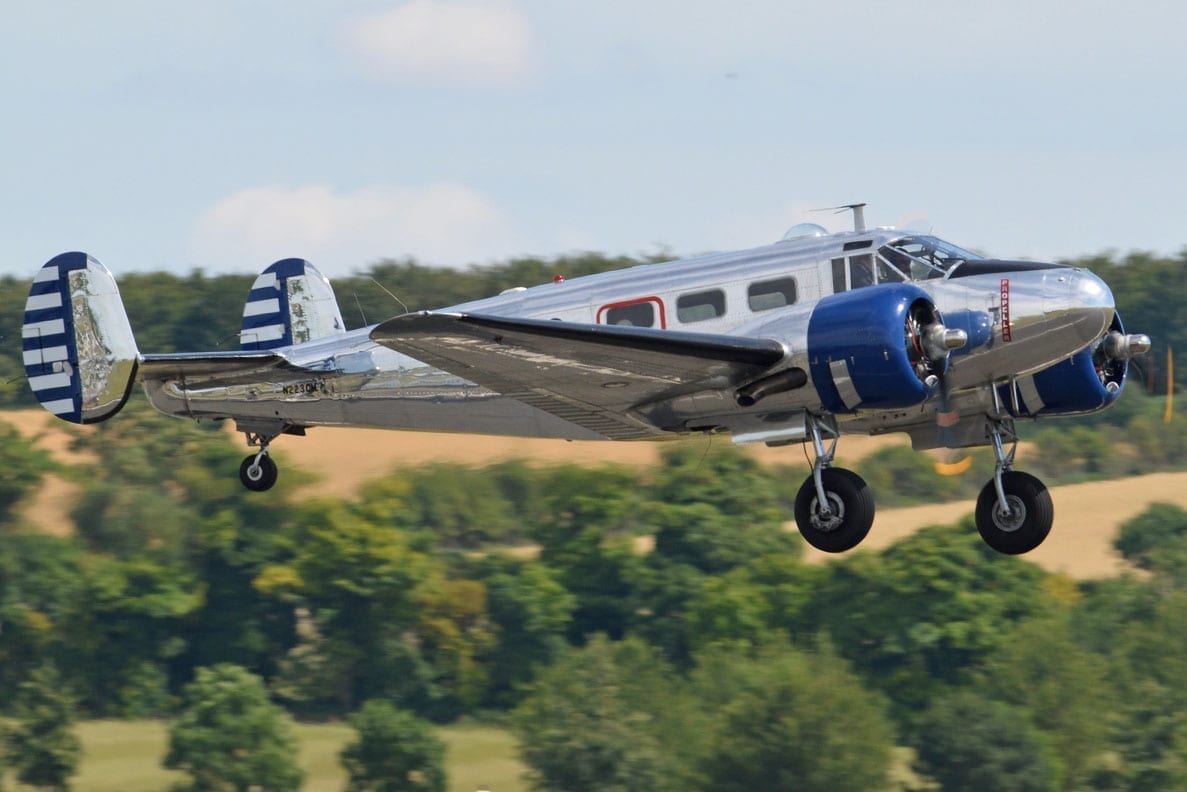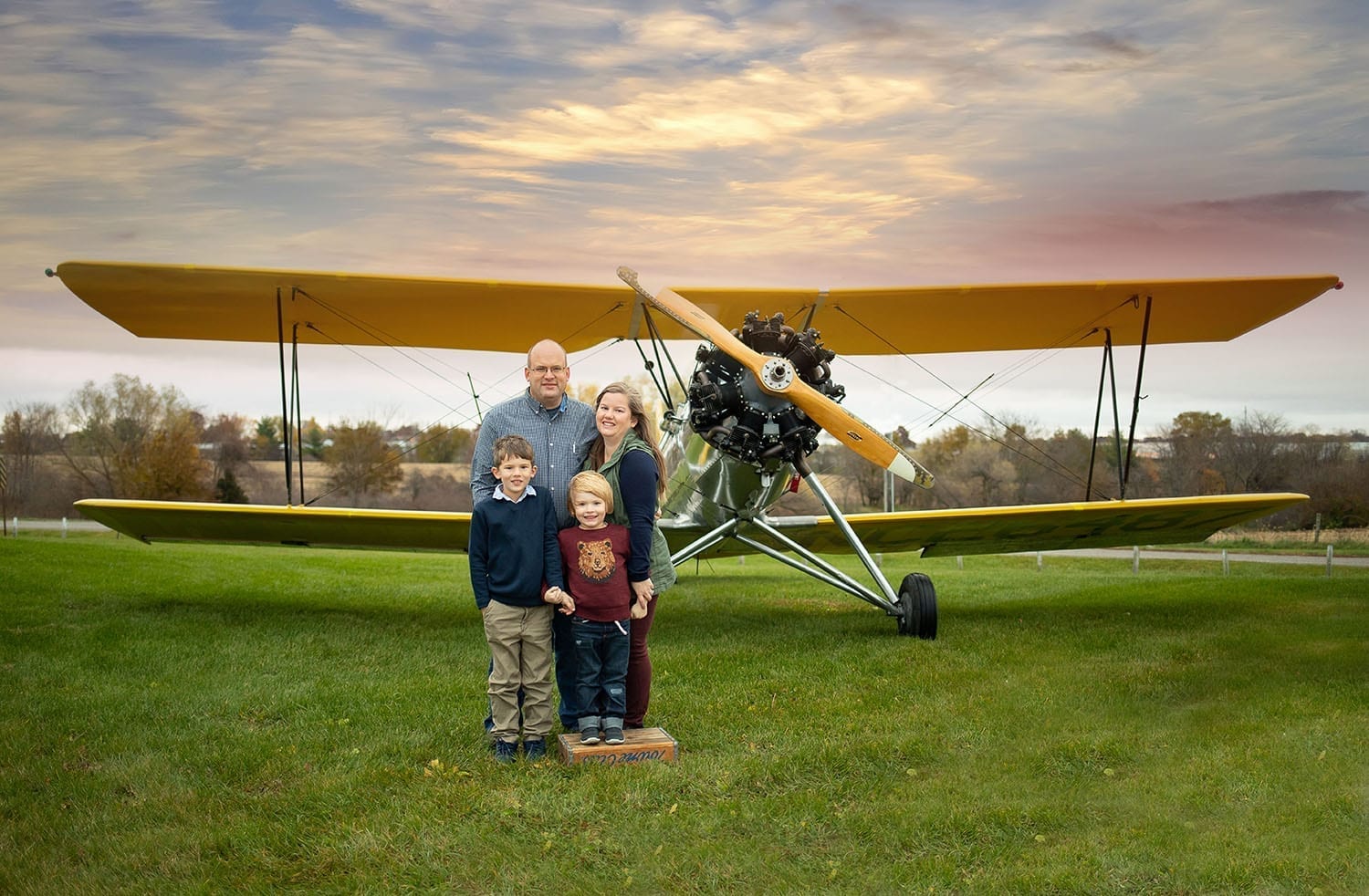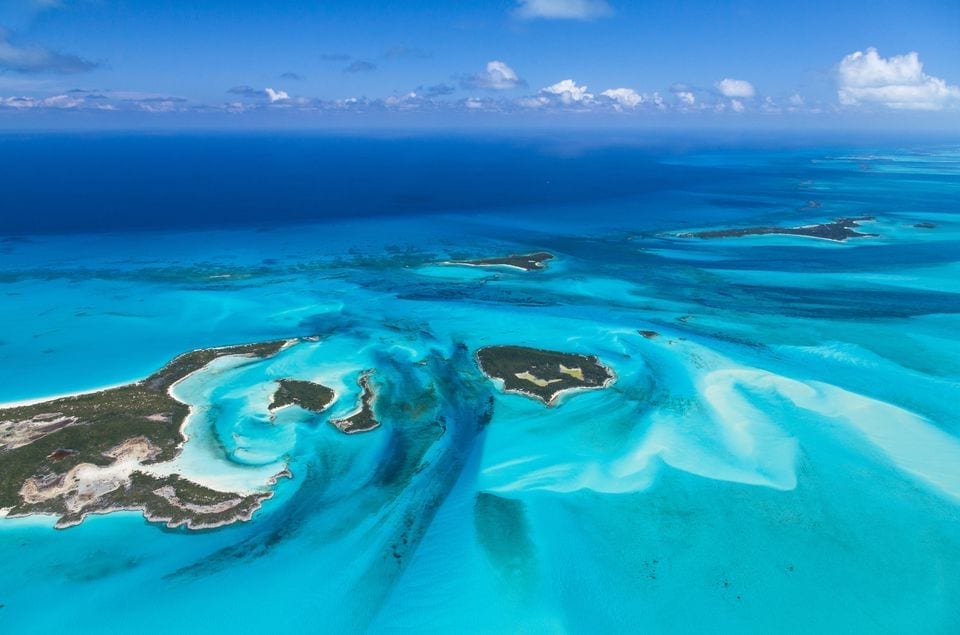
Cleared for the visual—really?
I was thereJust then the controller came up: “Descend to 4,500, call the airport in sight, cleared visual approach Odessa-Schlemeyer. The airport is five miles at one o’clock. Cancel IFR this frequency or on the ground. Cleared local frequency.” OK, so where is that airport? Black. That was all I saw. Just black.

Sometimes you have to break the rules
I was thereAs we started down, day became night in thick clouds. My wingman, Mark, tucked in tight, fixed on my flashing wingtip strobe. Just then, inexplicably, the loud static began. Still in the clouds and unable to receive or transmit to ATC or my wingman, I got that I see bad trouble ahead feeling.

Twin Beech omelettes: learning the ropes from a freight dog
I was thereIt was either the third or fourth day and night of almost continuous flying. Ray and I had taken turns flying while the other slept. This had been working until I recall waking up and realizing Ray was asleep in the left seat. We were flying straight and level and on course—the Beech 18 had no autopilot but was extremely stable in the air. On the ground it wanted to taxi all over the airport.

Flying with the famous and infamous
I was thereFlying Boeings and Bells was how I crossed paths with Charles Lindbergh, Mustapha Chafik, the Shah of Iran’s nephew, Mohamed Ali, Leonard Bernstein and Richard Nixon. Geopolitics and the ups and downs of the airline business played a hand as well.

On the shoulders of giants
I was thereUpon hearing of the recent passing of Galen Hanselman, my thoughts immediately turned to the awe-inspiring flying trip I took in the Utah backcountry exactly one year ago. The current prohibitive travel restrictions make it an even more valuable experience today. The memories stirred by looking at the video and the pictures puts a smile on my face every time.

That radio is there for communication: a close call
I was thereAll went well, I reported final on 07, and was getting ready to perform a smooth touch down right past the threshold. Then, about one minute before touch down, I heard somebody saying something like, “LZPT taking off runway 25.” I was not sure I heard right. I mean, I just reported my final about a minute ago. Surely anybody on the frequency, let alone a pilot sitting in his aircraft about to take off, must have heard me?

Beast on Paris Mountain: racing a thunderstorm
I was thereWe banked north and both of us saw what had been developing while we were engrossed in our pattern work. There was a beast sitting on top of Paris Mountain and it seemed intent on eating airplanes. KGMU was in front of us at around one thousand feet of elevation. Paris Mountain was only four nautical miles north, extending another thousand feet above that. The beast stood a few thousand feet over Paris—close and imposing.

When absolutely, positively nobody believes you
I was thereMiles ahead, the familiar view of the Sacramento Delta with its intricate sloughs, channels, and levees, had been replaced by an enormous inland sea. There was no mistaking it. How could I not know about this! I queried ATC with a mixture of bafflement and curiosity.

A satisfying long cross country, with one flaw
I was thereI planned to have Piper 4308M from 0900 to 1300 for my long solo cross country. As I pulled into the parking lot, my instructor’s pickup was already there. I had spoken to him about arriving early to pre-flight the Piper. I had been obsessing about the weather leading up to this flight and repeatedly looked at each airport along my route. I was worried about high winds in the days prior to my flight.

Once was enough—riding the Aluminum Overcast
I was thereI grabbed a chance to take a ride on the Experimental Aircraft Association’s restored B-17, Aluminum Overcast. I had grown up with stories of those airplanes and the men who flew in them. I had to take the chance to ride in one. And so it was that one beautiful spring day, I clambered aboard and took a seat in the back of that big machine.

Flying in the coronavirus sky—a freight pilot’s perspective
I was thereToday, there is no global terrorist threat or war keeping airplanes out of the sky. The threat is a microscopic organism, silent but still deadly as it spreads around the world. On the ground, people’s lives have been disrupted, in ways small and large. But from 33,000 feet, the silence gives the feeling of a much more dramatic shift: like a Twilight Zone episode, in which everyone below me has disappeared.

A tribute to an aviation supermom
I was thereAs I walk into the terminal building to grab my handheld radio, the K model Skyhawk works its way back to the end of the runway for yet another student solo. A momentous occasion for sure, but not that abnormal at our busy little airport. But tonight is different you see. A very special mother is PIC on this flight. My wife, Megan, mother to our (one at the time) son is making her first solo on this calm, quiet Sunday night.

A medevac tale of two cities
I was thereI came on shift as pilot for the fixed-wing at 7am, and the request for medevac was relayed to me. By now the snow was letting up and weather was forecast above minimums. I called the snowplow operator for an update on conditions. He had been plowing in the storm, the runway was acceptable, and he promised to continue working on it. Less than an hour later, we were on approach.

A long ferry flight: the Bermuda Triangle, icing, and more
I was thereThe Bermuda Triangle, also known as the Devil’s Triangle, is a loosely defined area between Bermuda, Miami, and Puerto Rico. There have been many cases of ships and aircraft along with their crews mysteriously disappearing with no trace. There have been theories from plausible to ridiculous, including it being occupied by aliens from outer space. The following account is from personal experience.

A minor electrical problem in Vietnam becomes a major problem
I was thereWe scrambled towards the aircraft and I headed straight for the cockpit. The flight mechanic fired up the APU (power supply). As I got into the cockpit, I hit the starter switch for the number one engine. Nothing happened. I called back to the flight mechanic and asked him if he had the APU online. He said yes he had it online. I tried the number one starter again with no results.

It was a dark and stormy night…
I was thereA Phantom C, known as a “Chuck,” took off and had a hard-over rudder. That is a really big emergency in a Phantom. It not only poses a controllability program across the flight regime, but also has some complications in terms of interface with the other flight controls and the nose gear steering. Implications include a very fast approach speed for controllability and the need to engage an arresting gear.

I survived the deadliest helicopter crash in European history
I was thereOn the 6th of November 1986, at 1132 hours, I was the Captain of a Chinook helicopter that crashed just two miles short of its destination, the Sumburgh Airport in the Shetland Islands, 150 nautical miles north of the mainland of the United Kingdom. At the time it was the worst-ever civilian helicopter crash, taking the lives of 45 out of the 47 people on board. One passenger and I survived the crash. How or why we survived is a mystery.

Dreams may fade, but they don’t have to die
I was thereI had a dream inspired by a magazine article, just like so many of us, not knowing how or if it could ever be realized. In my case that dream faded over time as the priorities of life ebbed and flowed in my pursuit of other dreams and responsibilities. Faded, but didn’t die.

From Vietnam to Kobe Bryant—the long history of flying helicopters in fog
I was therePreliminary findings in Kobe Bryant’s helicopter crash tell me things haven’t changed much in over a half century. Today, as back then, instrument rated pilots flying IFR capable helicopters continue to tempt fate by pressing ahead at low altitude in low visibility. And mostly they make it to their destination! But it’s an insidious gamble, particularly in hilly areas.

Remembering my brother, who taught me to fly
I was thereI took flight lessons from my brother later in life, acquiring my private license at age 62. Now age 73 and still flying a little, I look back fondly at those hours in training. He was a great instructor, demanding but extremely knowledgeable and experienced in a whole variety of aircraft.
